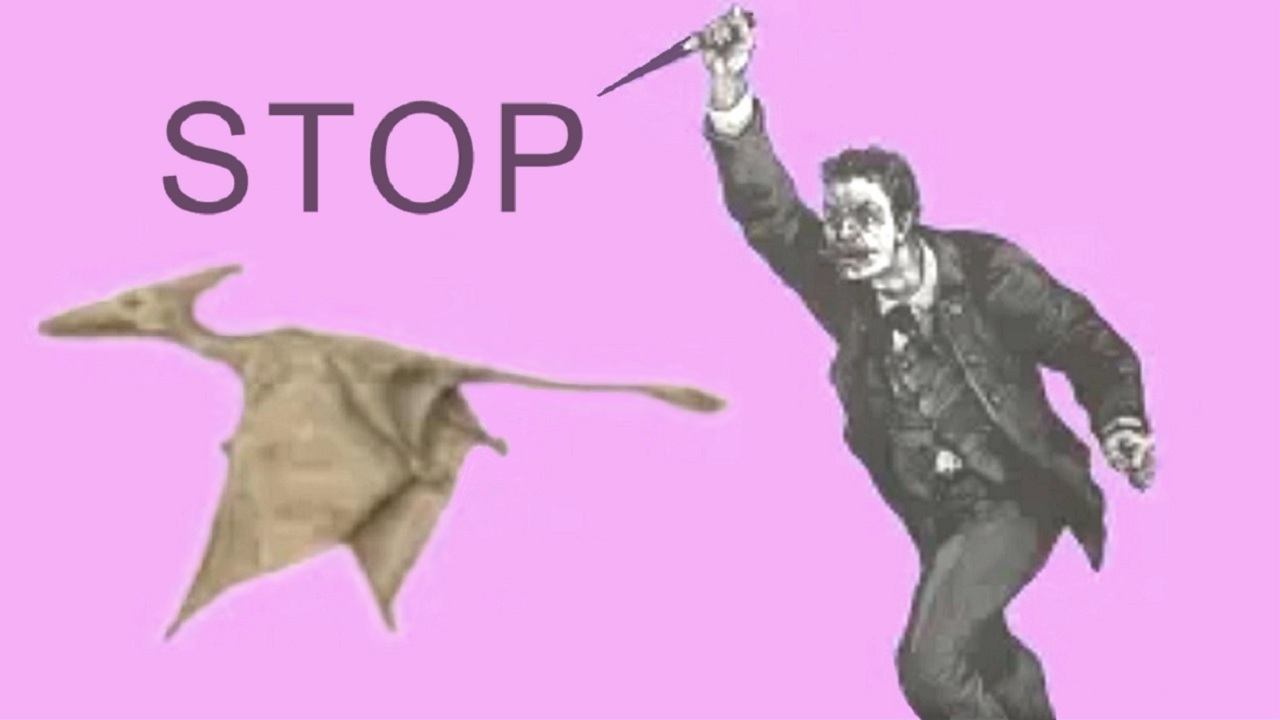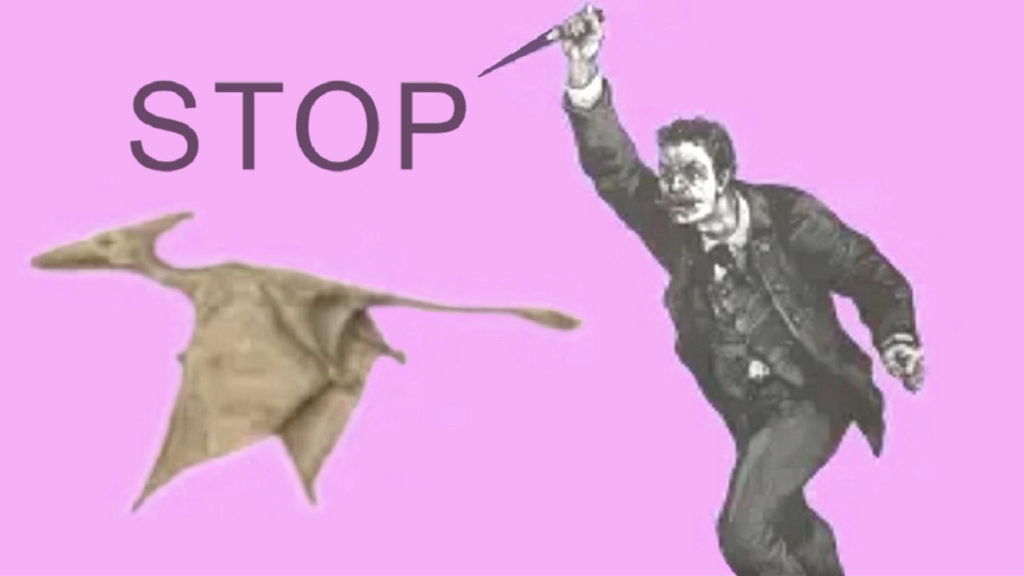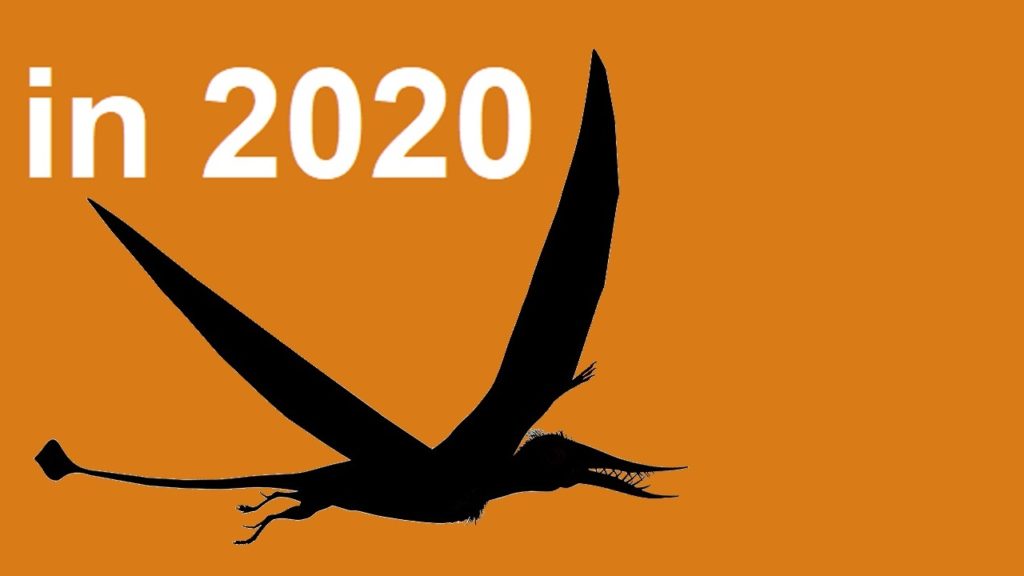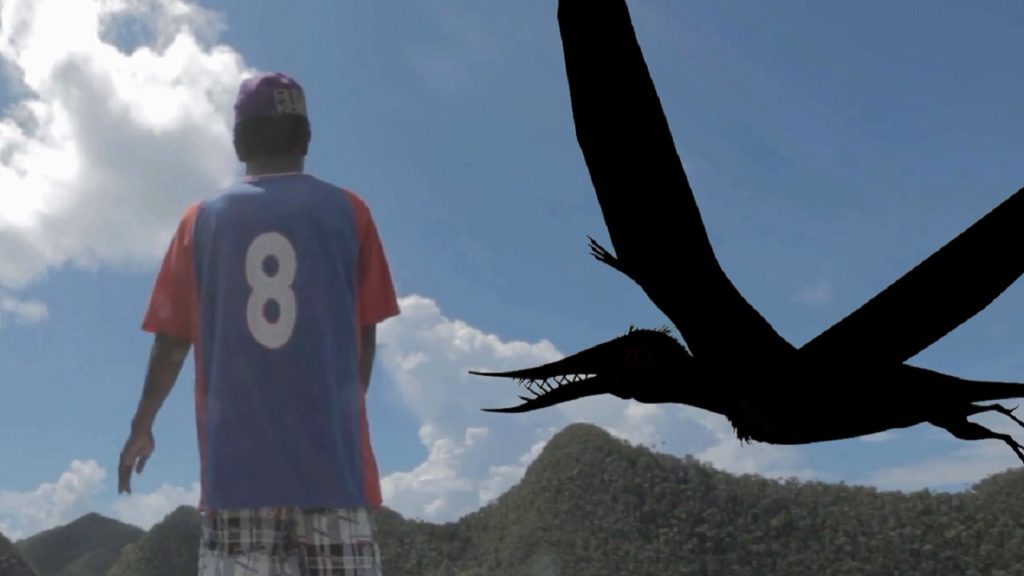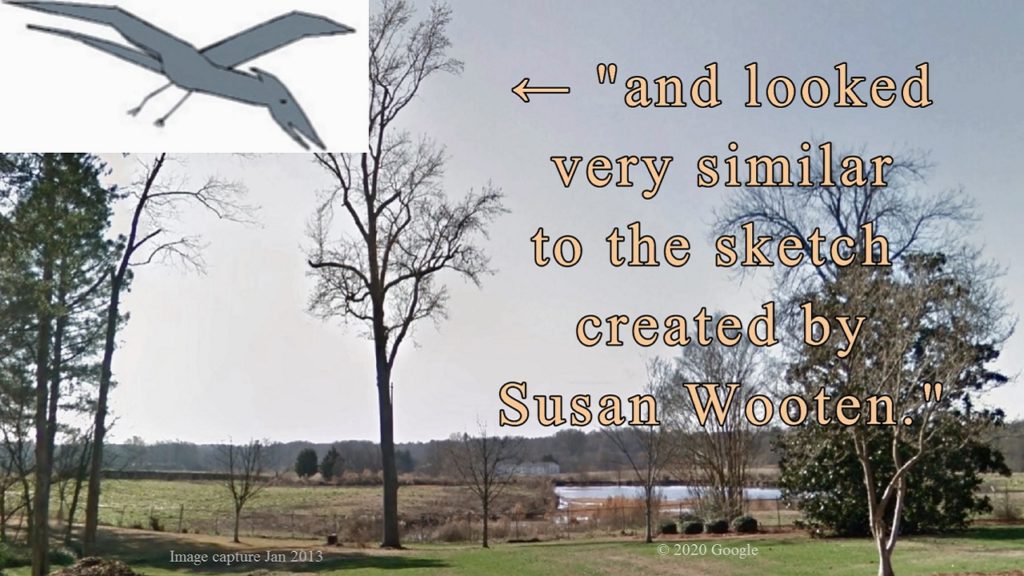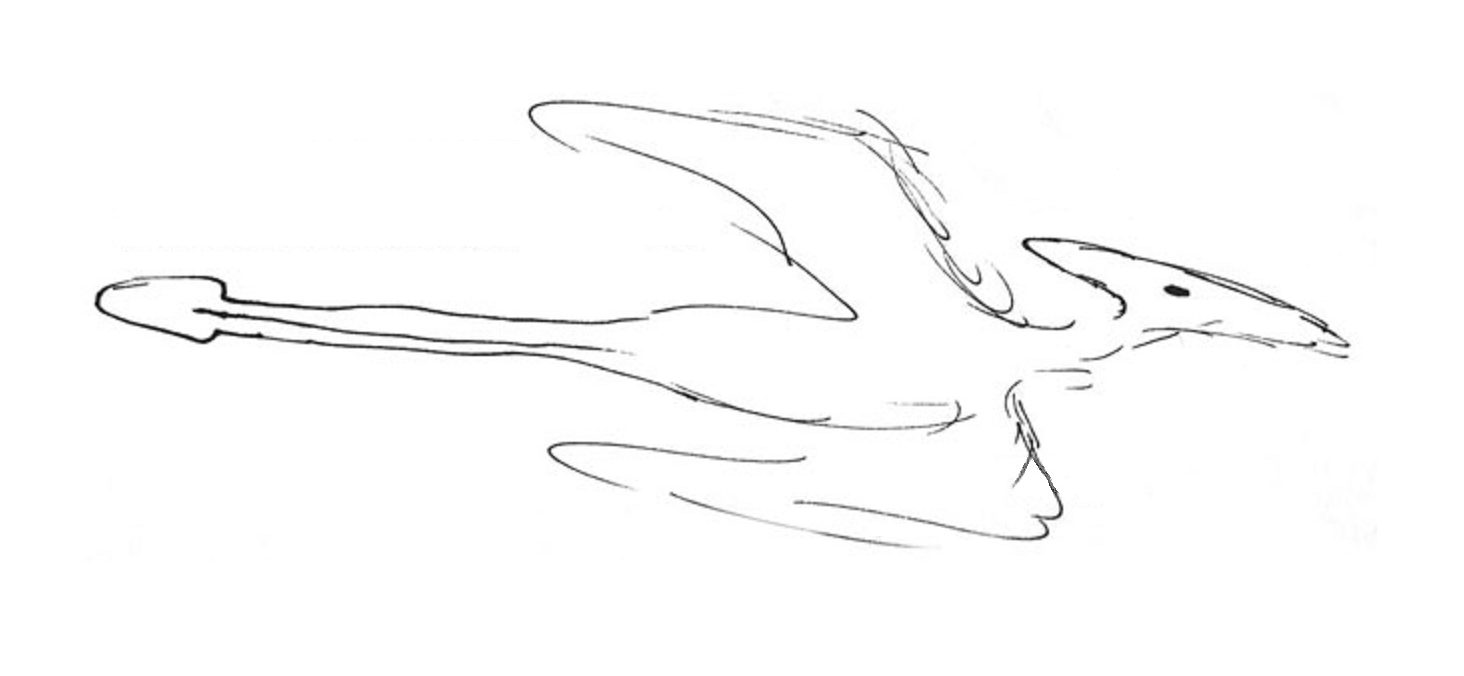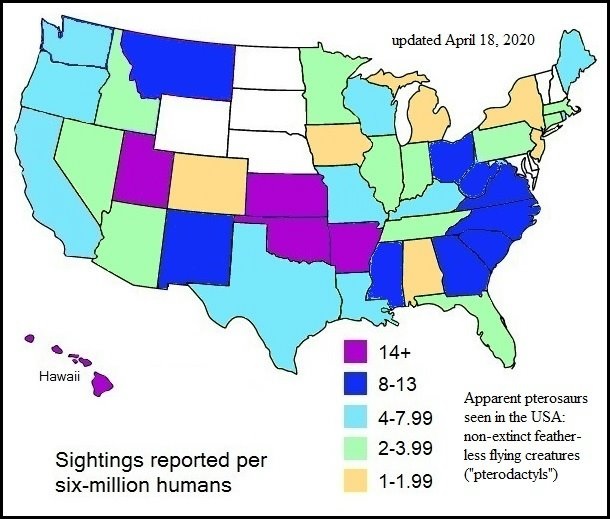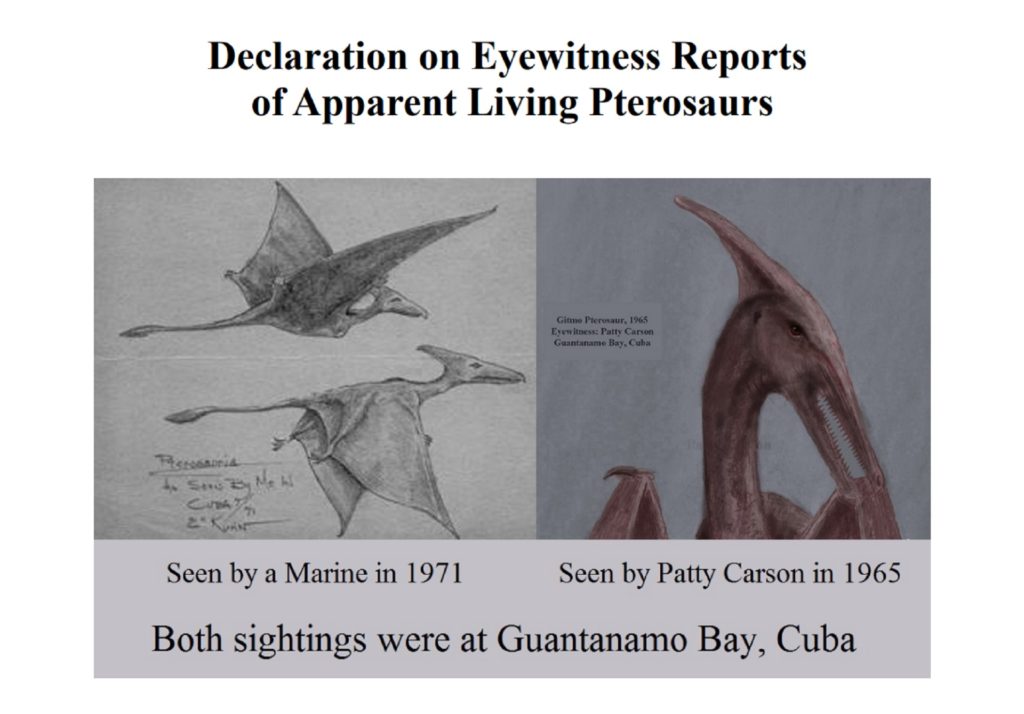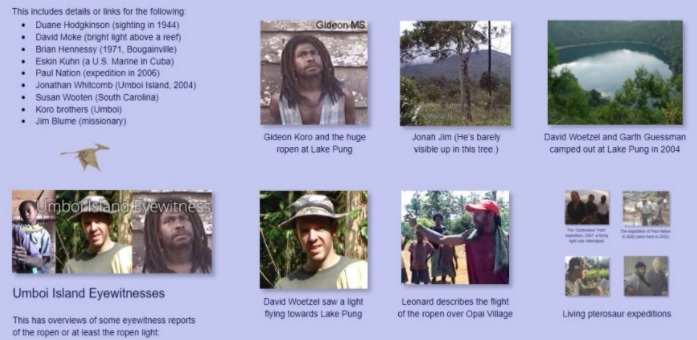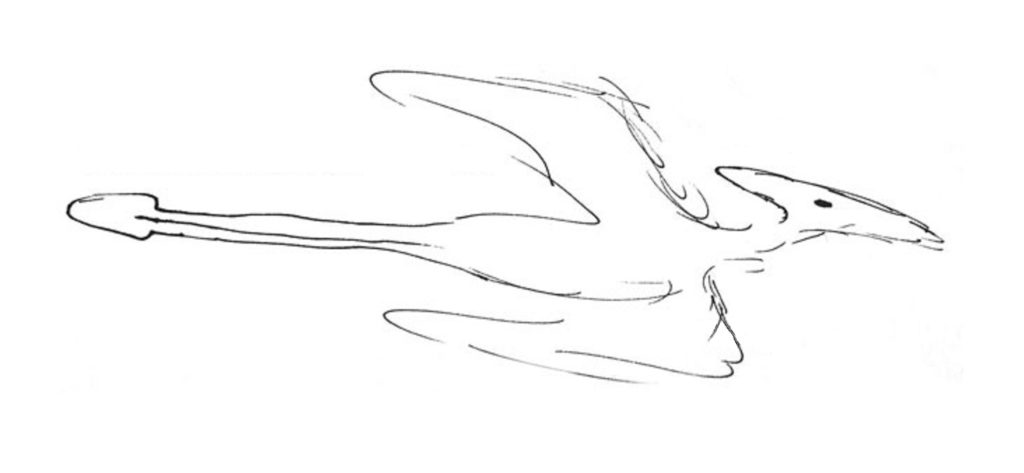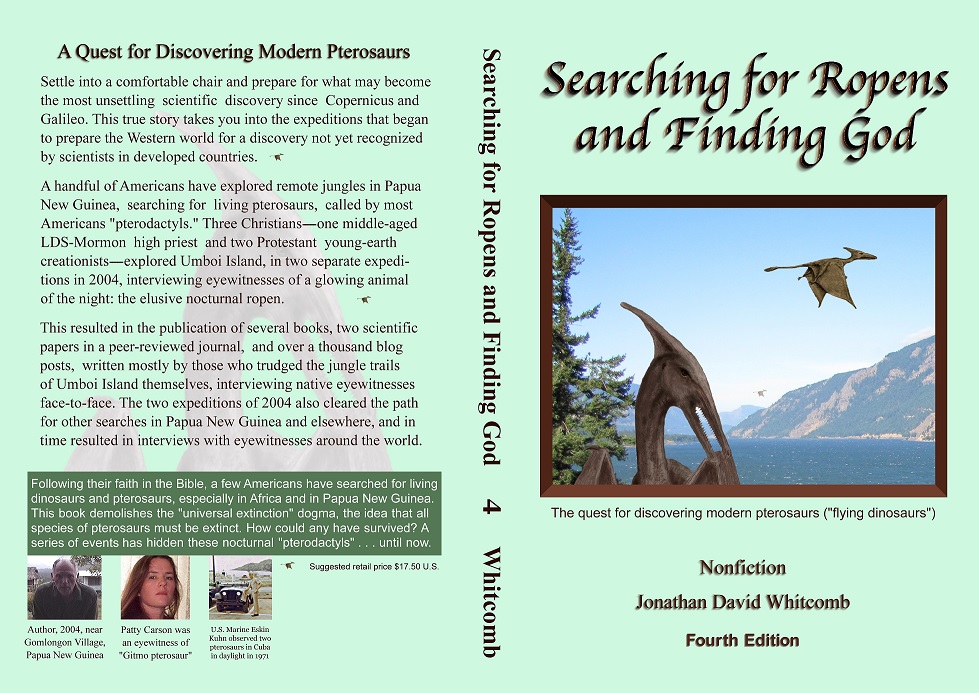By the investigative journalist Jonathan Whitcomb
Eyewitness report (Use that link to communicate with Whitcomb about a sighting of an apparent living pterodactyl.)
This answers a skeptic who made a comment on one of my Youtube videos; it’s a rhetorical question:
“Why is it that ever since smart phones came out, people continue to claim they saw this type of flying animal but not one single person has video taped it?”
I don’t say that a person making this kind of statement has a split-personality disorder, but he or she appears to be sitting on a fence, ready to hop off into either of the following positions:
- God-like omnipotent knowledge
- Puppet-like regurgitating of what others have said
Should that skeptic be challenged, he or she can take the role of #2, and if nobody makes a challenge then role #1 is taken, although omnipotence is never stated: Only a knowledge of something is implied.
In this case, role #1 means that the critic knows about every person who has ever lived on this planet who has ever held a smart phone and the critic knows with god-like certainty that not one of those persons has ever recorded video footage of a modern pterosaur.
Here is part of my response to the rhetorical question:
Let’s take that phrase “people continue” and look at it more deeply. For countless centuries people have continued to talk about flying dragons around the world. These are people from various cultures and various languages and various traditions, yet they report seeing the same, or similar, large featherless flying creatures. In old art, they are often depicted with long tails.
Those sightings have continued into recent decades and recent years and recent months; in other words people have always reported seeing these reptilian-like winged creatures. Yet more recently, especially since around the mid-1800’s, eyewitnesses sometimes use the word “pterodactyl”.
In general, eyewitnesses in Western cultures have smart phones, yet those persons live within those Western cultures: They have been raised with the idea that all dinosaurs and pterosaurs became extinct long ago. That means that when the person sees what appears to be a living pterosaur, he or she stares at the thing, trying to figure out what it is or how it might be something other than a “pterodactyl”. In that state the person remains until the creature flies away. Even if the person had enough time to get out the smart phone and set it up for videotaping, that never entered the mind until it was too late.
Most persons living outside Western cultures do not have smart phones, and rarely have a camera of any kind ready at hand should they witness something strange.
Has Anybody ever Videotaped one with a Smart Phone?
I know of a lady in North Carolina who videotaped, with her smart phone, an apparent modern pterosaur, but that is another subject for another time.
Thumbnail image for the Youtube video “Pterodactyl Sightings – secret pterosaur FEAR” (on the channel Protect Animal Life)
###
.
Pterodactyl Sightings in North America
A Youtube video on the channel Protect Animal Life
.
Nocturnal pterosaurs have always lived among us, but hidden by something. Enter now the realm of a new branch of cryptozoology, a branch overshadowed by the dogma of a “universal extinction.” How did scientists miss living pterosaurs? Get the answers here . . .
.
Videos about living pterosaurs
This is the #1 channel on Youtube for videos on these amazing featherless flying creatures, apparent modern pterosaurs.
.
Apparent living pterosaurs in the USA
Jonathan Whitcomb, of Murray, Utah, has been receiving emails, and an occasional phone call, over a period of 13 years, from eyewitnesses from five continents, and most reported sightings are in North America.
.
The Girl who saw a Flying Dinosaur
Patty Carson was a child when she witnessed a large flying creature at Guantanamo Bay, Cuba, in around the year 1965. This Youtube video gives some of the details on that “pterodactyl” sighting.
.
Flying creatures without feathers
For the protection of human life, I now publish a portion of the email communications I had with a lady who lives in Long Valley, New Jersey.
.
The nonfiction author Jonathan Whitcomb, of Murray, Utah, in 2017 and 2018, interviewed four eyewitnesses of an apparent “pterodactyl” in central Utah. He now declares that those reports from Draper, Salt Lake County, help distinguish Utah in a map showing where similar sightings have been reported across the United States.
.

